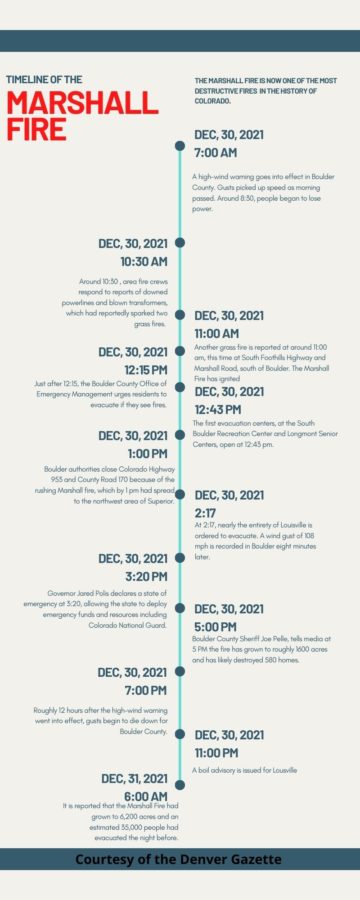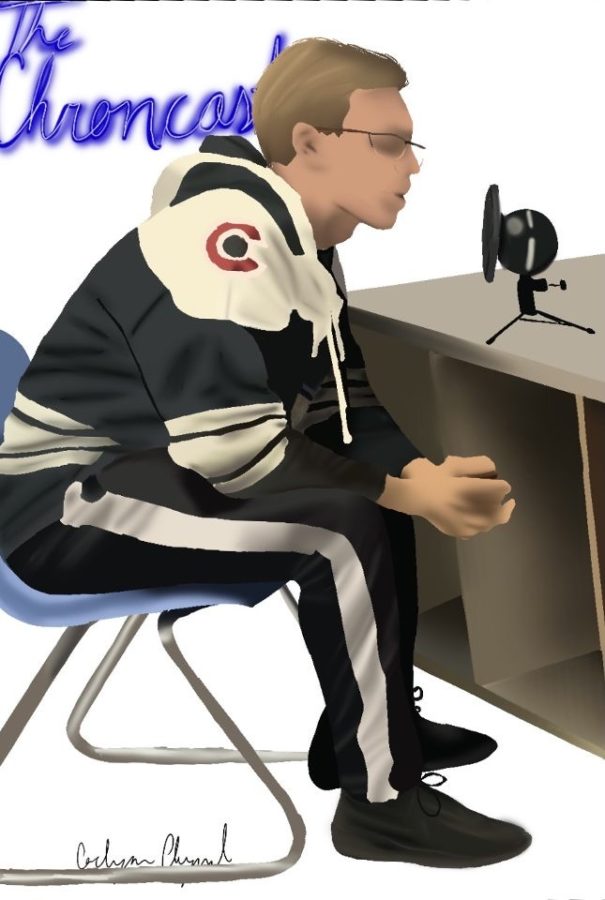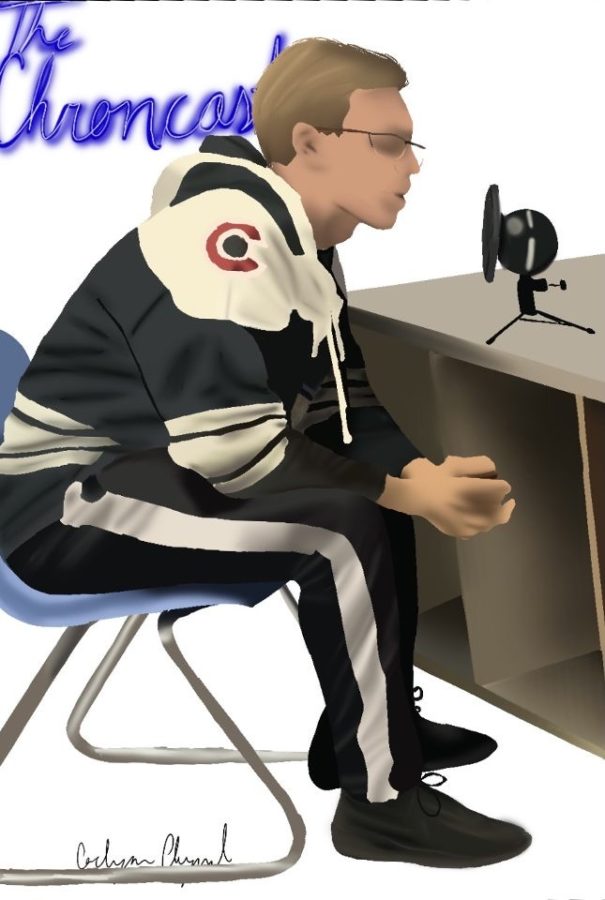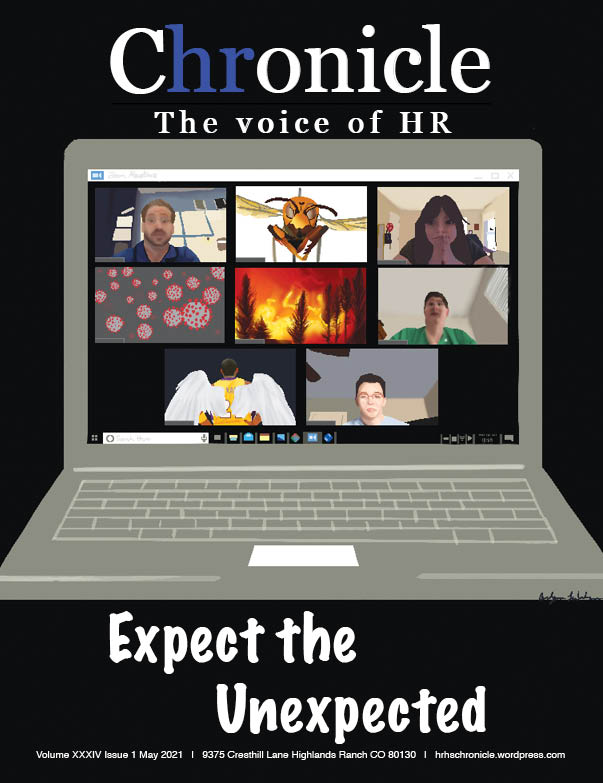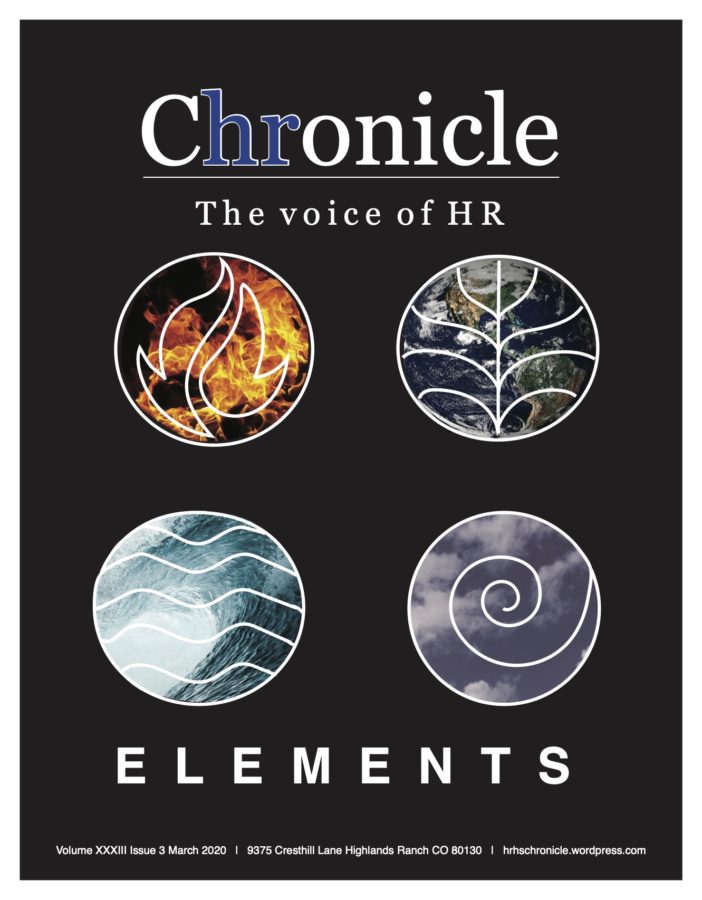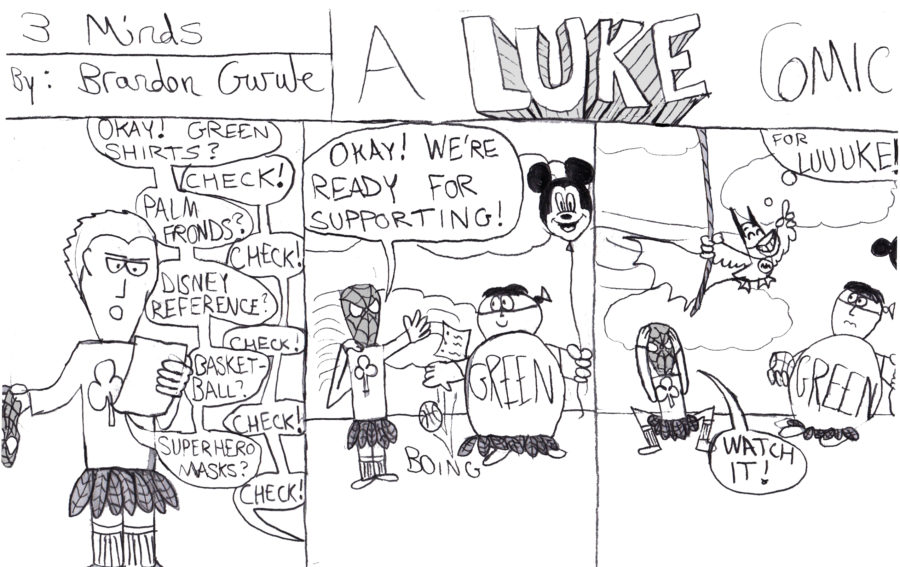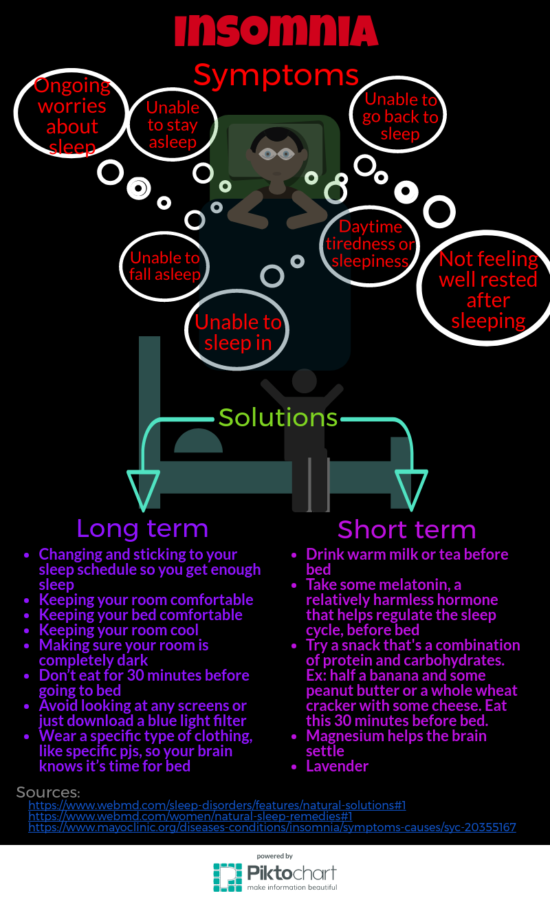The definition of insomnia, according to dictionary.com, is the “inability to obtain sufficient sleep; difficulty in falling or staying asleep; sleeplessness”. But to people with insomnia, called insomniacs, this simple definition of “sleeplessness” doesn’t quite cut it. To some, insomnia is an unconquerable obstacle that they have to deal with both at night and the next day. Many have no idea how to fight it, and many have tried and failed.
According to sleepfoundation.org, 30% to 35% of all adults in the US have brief, or acute, insomnia, which does not happen often, and usually occurs when something in your life has changed temporarily. For instance, acute insomnia might happen the night before something stressful, like an exam. 15% to 20% of all US adults have a short term disorder that lasts no more than three months. Ten percent, the unlucky few, have chronic insomnia that happens at least three times a week for at least three months.
Insomnia can be caused by almost anything, from new medication, to new sources of stress, to any new general lifestyle changes. There are many options out there that people recommend for helping with insomnia. However, insomnia is often specific to its victim, so while some options may work, others won’t. For an unlucky few, nothing, not even heavy medication, can get them to sleep.
As an insomniac myself, I understand that sometimes insomnia can do more damage the next day. I feel sluggish, unable to focus, and overall exhausted. I learn nothing during the school day because I don’t have the energy to remember anything. Over the span of a few days, living in this constant foggy state has a drastic impact. I would do almost anything to be able to get a normal night of sleep unaccompanied by lying awake for hours in my bed.
Like me, most people want immediate relief. However, over the course of several days, weeks, or even months, insomniacs should at least try some of these long-term solutions that might help or even eradicate their insomnia completely.
One recommendation is to stick to your sleep schedule. Go to bed at the same time even if you’re not tired, and get up at the same time even if you are. This helps your body understand when it should be awake and when it should be asleep. Almost all teens ignore this rule by staying up and getting up late on weekends. This confuses our body, so the next time we go to bed early or get up early, our body refuses to sleep or wake up.
Another difficult rule to follow is turning off all screens at least 30 minutes before going to sleep. We all enjoy those last few minutes, or even hours, of laying in our bed on our phone, but the blue light from our devices can take a toll on our sleep.
Yet if putting your phone down and not picking it up until the next morning is too difficult, you can download an app that limits the amount of blue light from your phone.
Don’t rely on medication to put your body to sleep. While you might be able to fall asleep right away, the effect wears off during the night, and you’ll find that you might wake up in the middle of the night, unable to go back to sleep, or you might simply notice that, while you may technically be sleeping, you don’t feel refreshed the next day.
Also, move any clock in your room out of sight. It only makes you more anxious when you see how late it is.
On restless nights, you should get up for some tea or just to release some pent-up energy. Staying in bed when you’re not falling asleep tells your brain that your bed is for being awake. The same goes for watching TV or reading in your bed. While it might be comfortable, your brain learns that your bed is meant for other things rather than sleeping.
There are some solutions that don’t require medication at all. Cognitive behavioral therapy can help with insomnia. According to sleepeducation.org, “It involves changing attitudes, beliefs and behaviors that have a negative impact on your sleep.” The cause of insomnia is often anxiety and depression being possible factors, and this therapy helps you think more positively. While other solutions might be temporary, cognitive behavioral therapy can have a lasting impact.
Insomniacs have suffered long enough, and it’s time that we all gain control of our insomnia. Everyone deserves a good night’s sleep.
Kathryn Lopez, Staff Reporter



